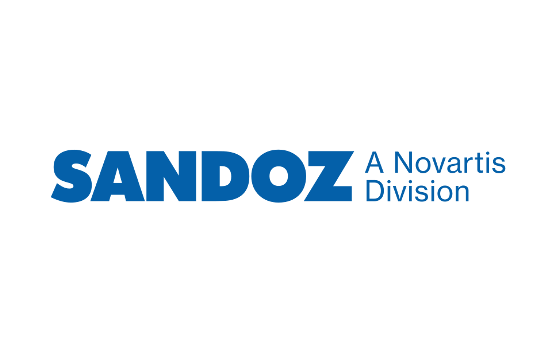 Sandoz, a Novartis division and a global leader in biosimilars, announced that it has entered into a global commercialization agreement for a proposed natalizumab biosimilar. The medicine is in Phase III clinical development for the treatment of relapsing-remitting multiple sclerosis (RRMS).
Sandoz, a Novartis division and a global leader in biosimilars, announced that it has entered into a global commercialization agreement for a proposed natalizumab biosimilar. The medicine is in Phase III clinical development for the treatment of relapsing-remitting multiple sclerosis (RRMS).
RRMS affects ~85% of MS patients and can create a substantial social and economic burden on patients, their families and healthcare systems[1],[2]
Under the agreement, Polpharma Biologics will maintain responsibilities for development, manufacturing and supply of proposed biosimilar natalizumab. Sandoz will commercialize and distribute the medicine in all markets upon approval, through an exclusive global license. Other specific terms of the agreement are confidential. Polpharma Biologics is a European biopharmaceutical company with a fully integrated R&D and manufacturing footprint.
Reference medicine natalizumab is a disease-modifying therapy (DMT) that was approved for use over 10 years ago, offering patients a valuable therapeutic option for treating RRMS.
In addition to the personal burden of MS for patients and families, affordability is a significant challenge for MS medicines globally. A recent report highlighted affordability as the most common challenge affecting access to MS therapy in 46% of the 90 countries included[1]. Elsewhere it has been highlighted that providing access to DMTs for MS represents a considerable challenge for healthcare systems[3].
"Patient access to advanced medicines is important for all people diagnosed with a chronic disease, but the challenges are very pronounced for MS patients," said Pierre Bourdage, ad interim Global Head of Biopharmaceuticals, Sandoz. "By nature, biosimilars create competition and cost savings, which are proven to make room in healthcare systems to treat more patients[4]. With this agreement, we hope to build on our MS experience with small molecules and complex generics, and ultimately provide patients with expanded access to a DMT that healthcare systems may otherwise not be able to provide."
Sandoz continues to expand the biosimilars marketplace and is committed to help millions of patients access biologic medicines sustainably and affordably. The addition of proposed biosimilar natalizumab expands the Novartis/Sandoz portfolio across small molecules, complex generics, biosimilars, and innovator medicines enabling broad patient access to patented and off-patent medicines. In addition to entering complex and underserved areas such as MS, Sandoz is already helping patients in the areas of immunology, oncology and endocrinology. The division has a leading global portfolio with eight marketed biosimilars and a further 10+ in development.
About Sandoz
Sandoz, a Novartis division, is a global leader in generic pharmaceuticals and biosimilars, and a pioneer in the emerging field of prescription digital therapeutics. Our purpose is to pioneer access to healthcare by developing and commercializing novel, affordable approaches that address unmet medical need. Our broad portfolio of high-quality medicines, covering all major therapeutic areas and increasingly focused on value-adding differentiated medicines, accounted for 2018 sales of USD 9.9 billion. Sandoz is headquartered in Holzkirchen, in Germany’s Greater Munich area.
1. Multiple Sclerosis International Federation. The atlas of MS international report. Available from: http://www.msif.org/wp-content/uploads/2014/09/Atlas-of-MS.pdf [Last accessed: June 2019].
2. Multiple Sclerosis International Federation. Global economic impact of multiple sclerosis, May 2010 [online]. Available from: https://www.msif.org/wp-content/uploads/2014/09/Global_economic_impact_o... [Last accessed: June 2019].
3. Brandstadter R, Sand IK. The use of natalizumab for multiple sclerosis. Neuropsychiatr Dis Treat 2017;13:1691-1702.
4. D'Amico E, et al. Pharmacoeconomics of synthetic therapies for multiple sclerosis. Expert Opin Pharmacother 2019:1-10.
5. McCamish M, Woollett G. The state of the art in the development of biosimilars. Clin Pharmacol Ther 2012;91(3):405-417 (Figure 7).